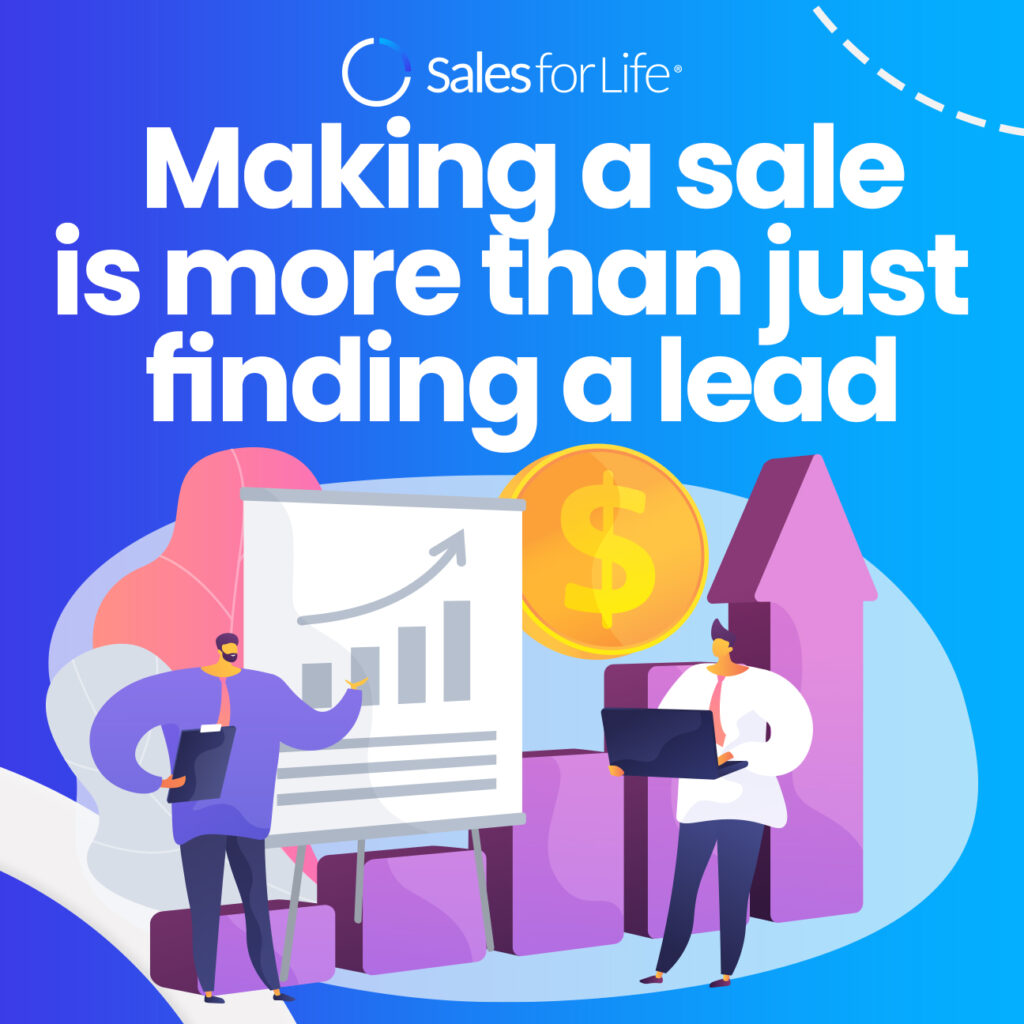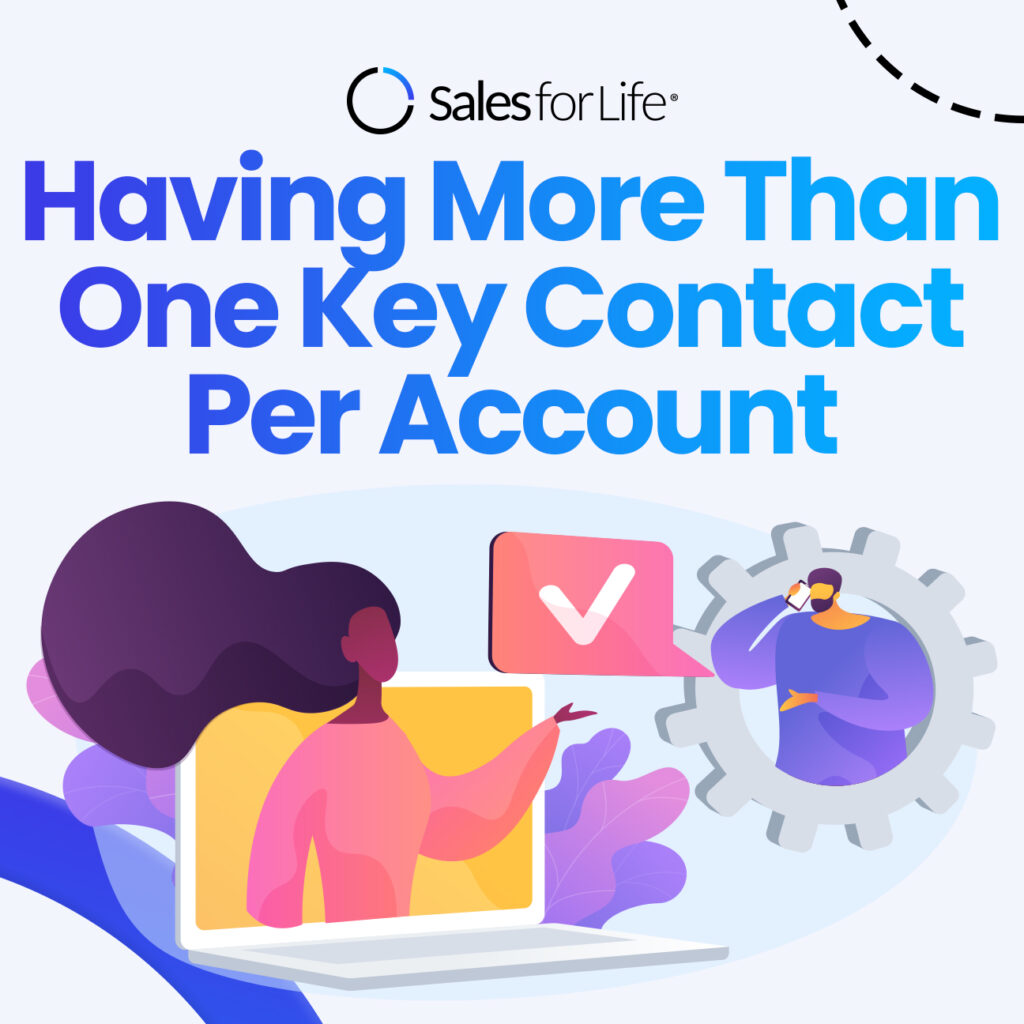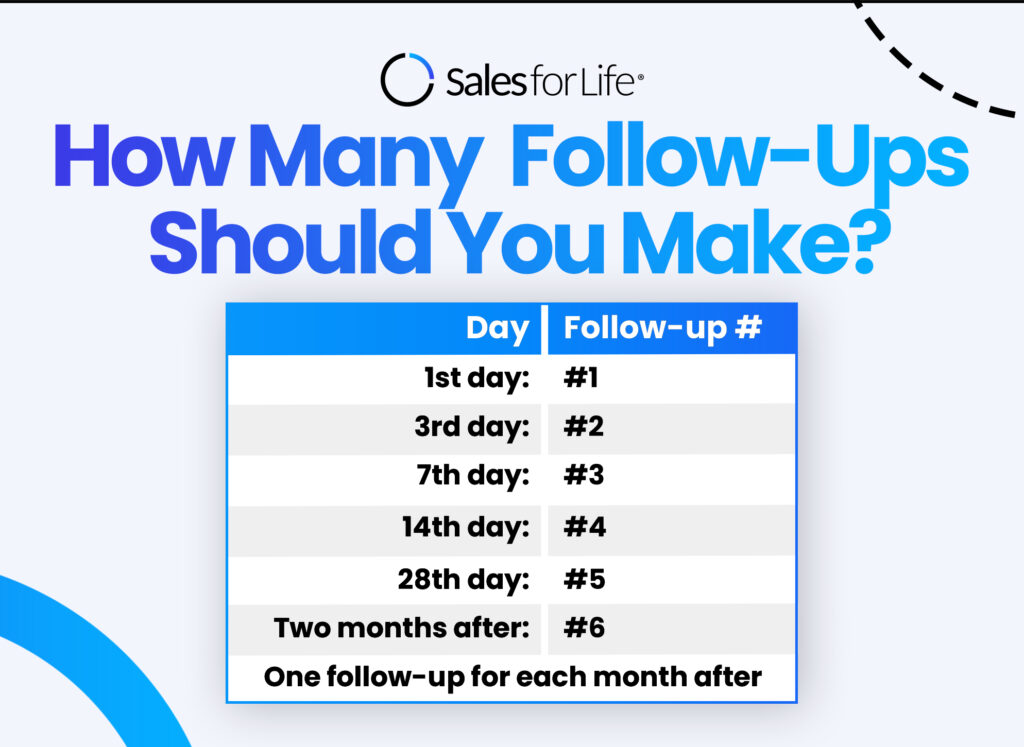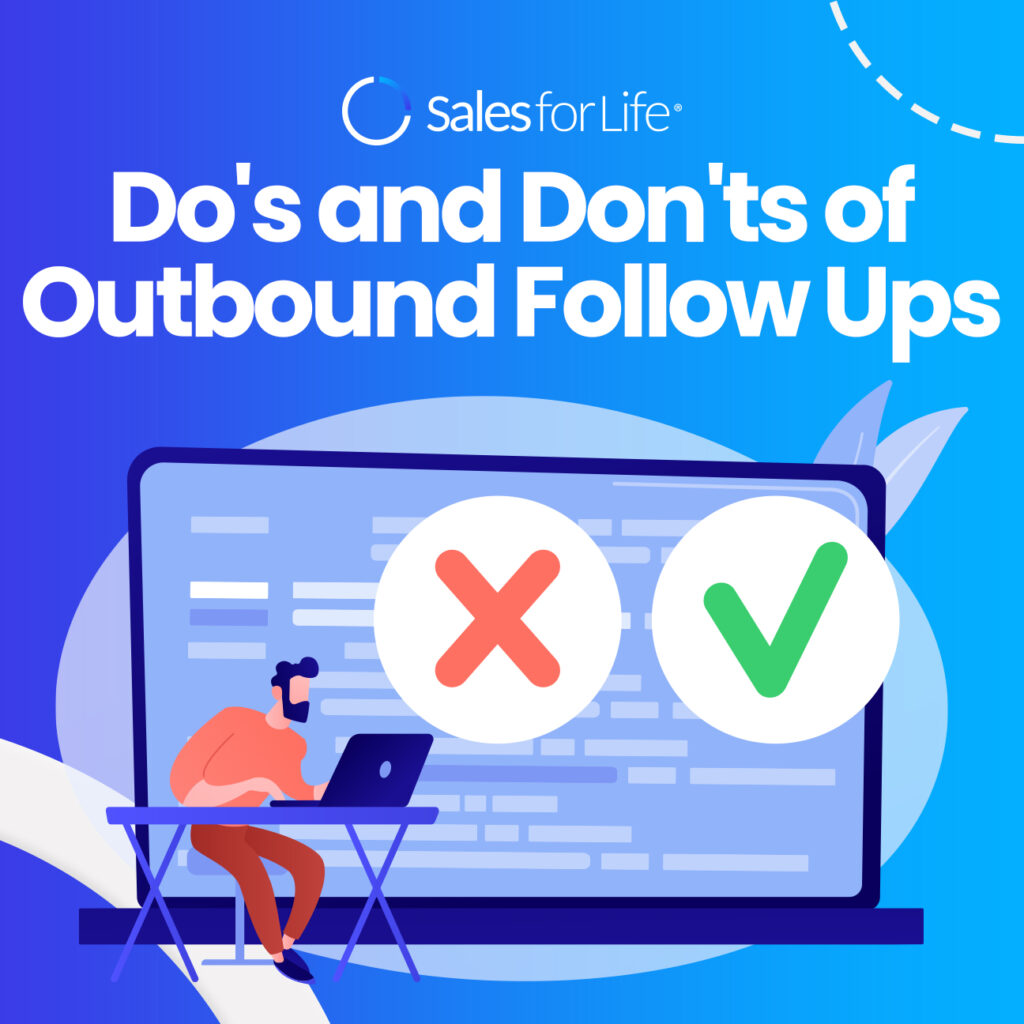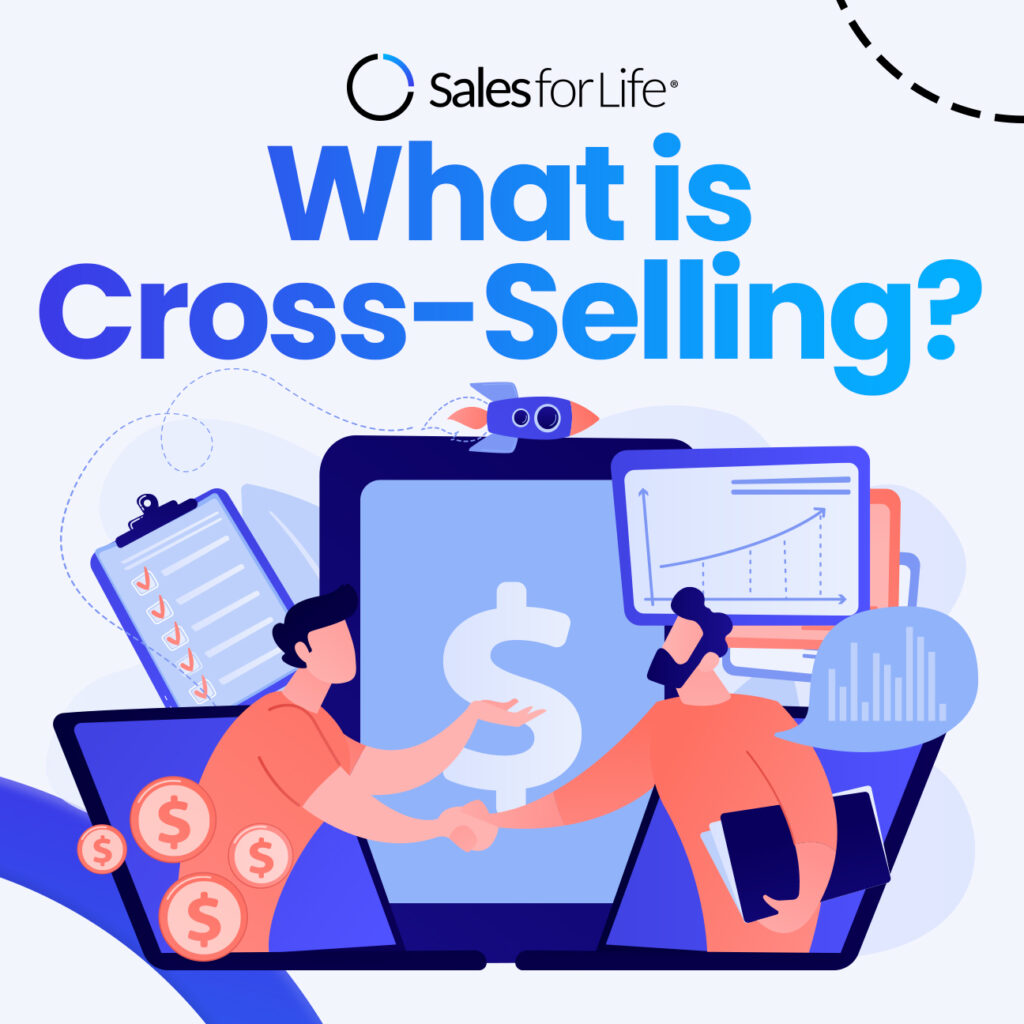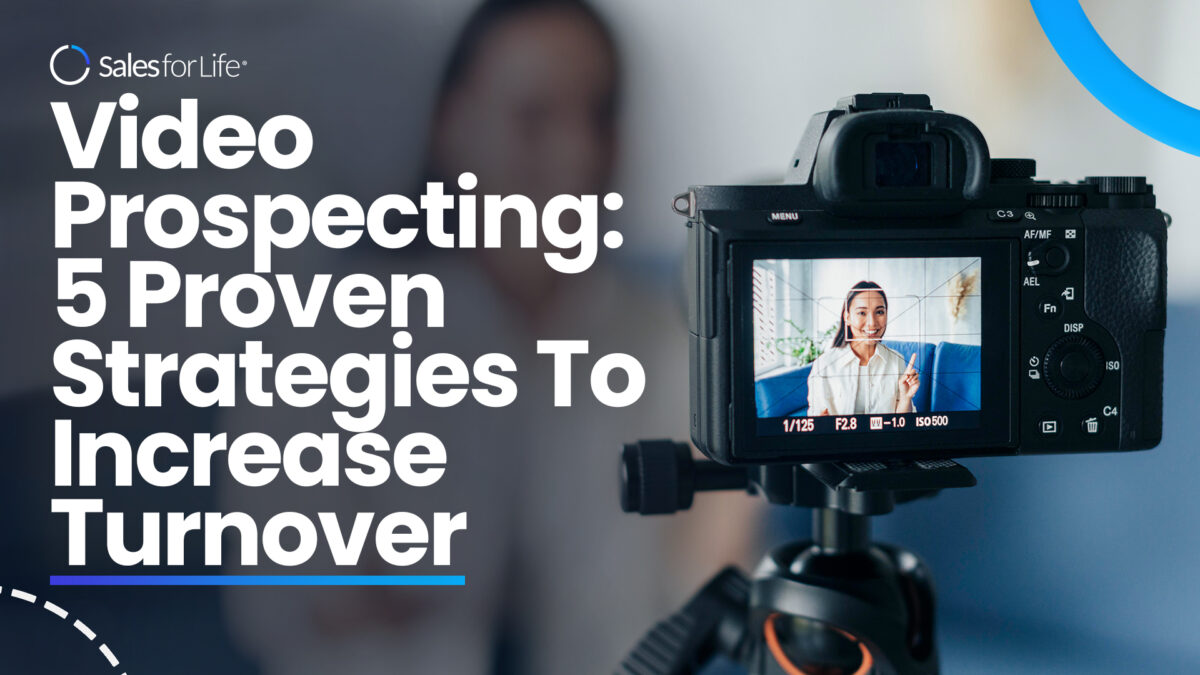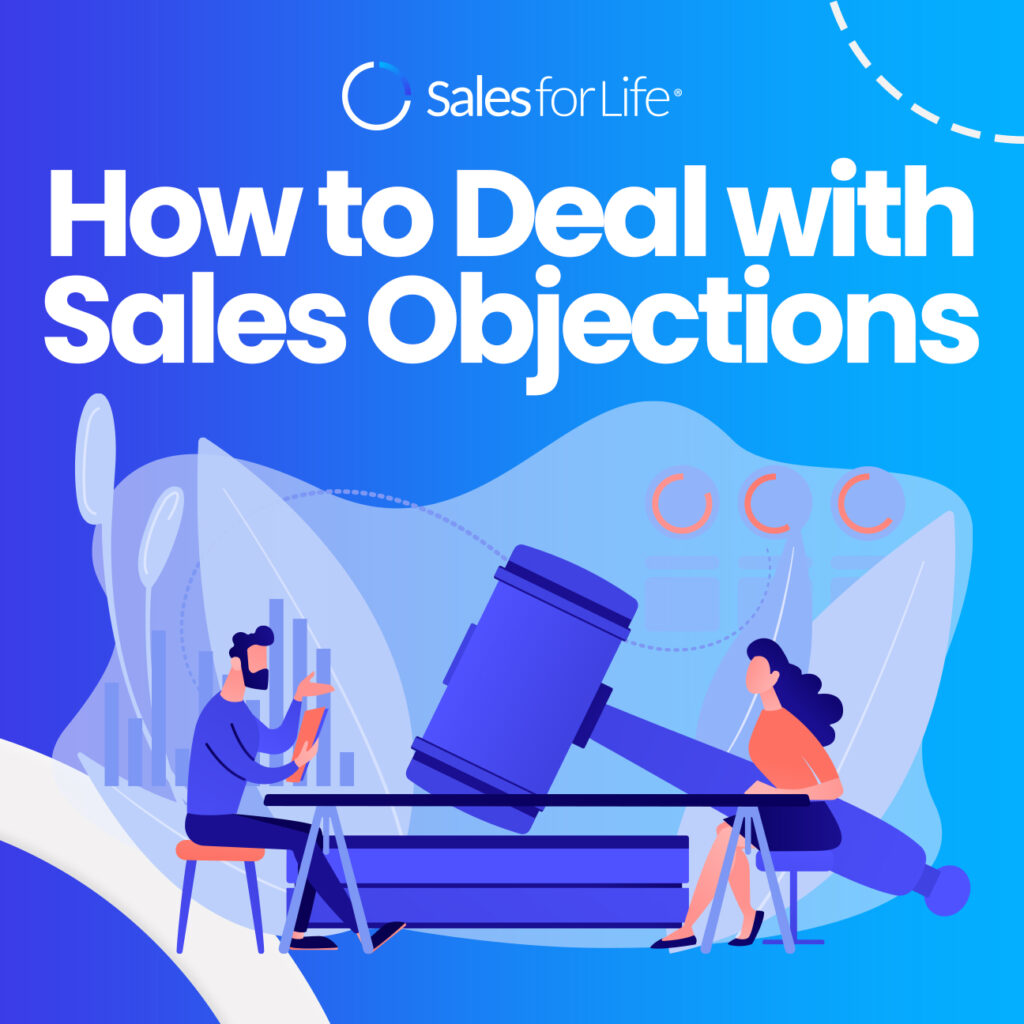Happiness at work. While that may sound silly to those who keep their noses to the grindstone for their careers, it is a goal worth chasing: happy employees are engaged, contributing, working harder, and making your team that much more effective.
In today’s hyper-competitive workplace, you might expect employers to focus on the acquisition phase of hiring and employees to focus on the retention phase. However, it has been shown that tremendous success lies with employers who expend energy recruiting motivated salespeople – not just finding anyone eager to work.
When your sales team is happy, they’ll be more productive and profitable than ever. Here’s how:
They’ll have more energy – When you’re happy at work, it feels like you can do anything! That feeling will spill over onto your team, who will feel energized and excited about their work. This helps them focus on their tasks instead of worrying about how much time is left in the day or what else needs to get done before they can go for the day.
They’ll be better listeners – Happy employees listen better than unhappy ones do because they’re focused on what their customers are saying instead of thinking about how many emails they need to respond to or if there’s any food left in the break room fridge that needs eating before tomorrow morning rolls around again (if there even is any left). This leads to higher customer satisfaction rates overall which help keep customers coming back for more!
To retain those new hires longer, a little more emphasis might be needed from both sides of the fence to create a more positive work environment where everyone can work well together – and therefore be genuinely productive.
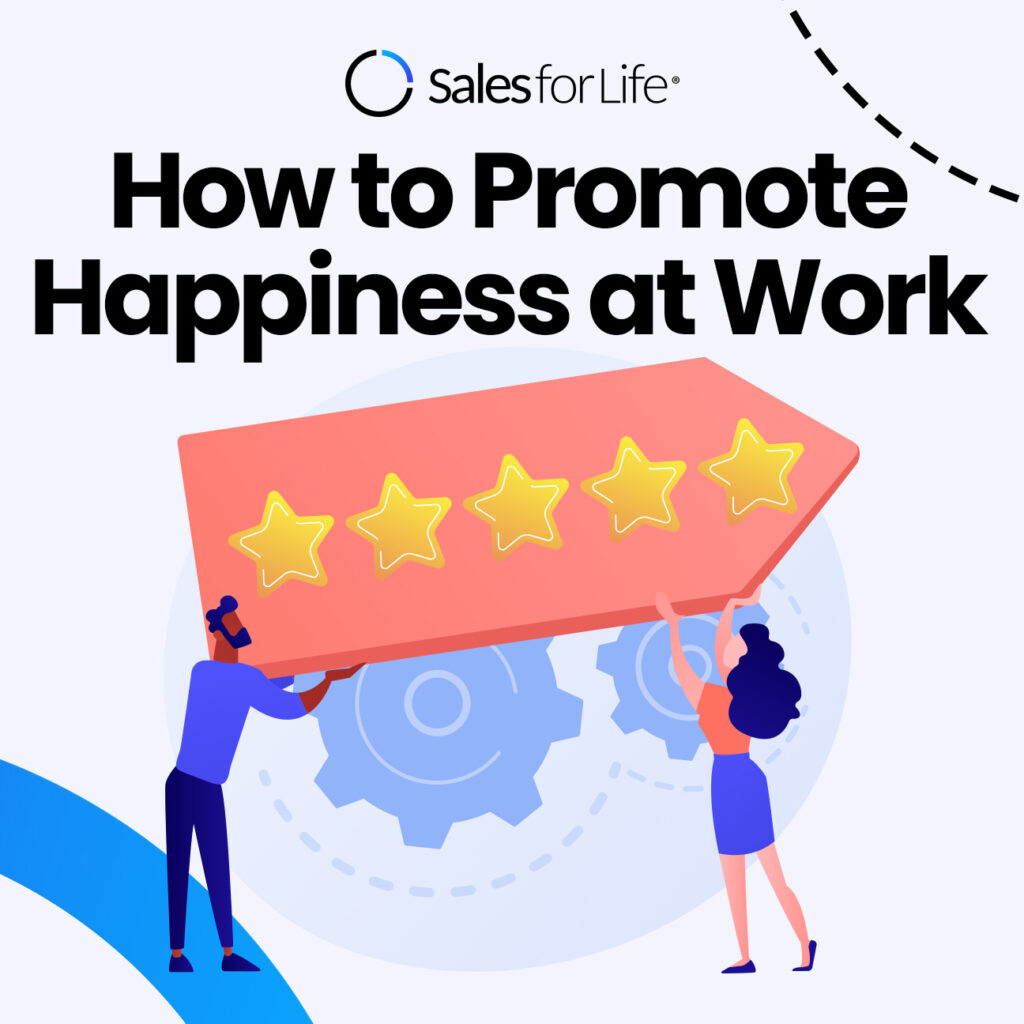
How to Promote Happiness at Work
Show Acts of Appreciation
Salespeople need to be motivated for their success, but also the success of their organization. Many organizations focus on compensation and bonuses, but this is not enough. When managed well, appreciation is a cornerstone of any organizational strategy to encourage motivation. Some may feel that appreciation is foreign to today’s culture, but there are numerous reasons why companies should implement it.

Let Your Sellers Own Their Work!
Giving your employees some ownership over the projects they work on creates a sense of belonging and connection. This can help encourage people to work harder and make them feel more confident in their abilities.
It also helps with employee retention because you’ll have less turnover when people feel like they have a stake in what’s happening around them. In addition, they’ll be more likely to stay with your company for longer if they think what they do matters and contributes to improving things.
Share the Workload
We’re all about building teams that work together, and we believe that one way to do this is by taking turns. In other words, no one person should always be doing the same thing. Instead, everyone should have the opportunity to take on different roles and responsibilities—so that each team member feels invested in the group’s success.
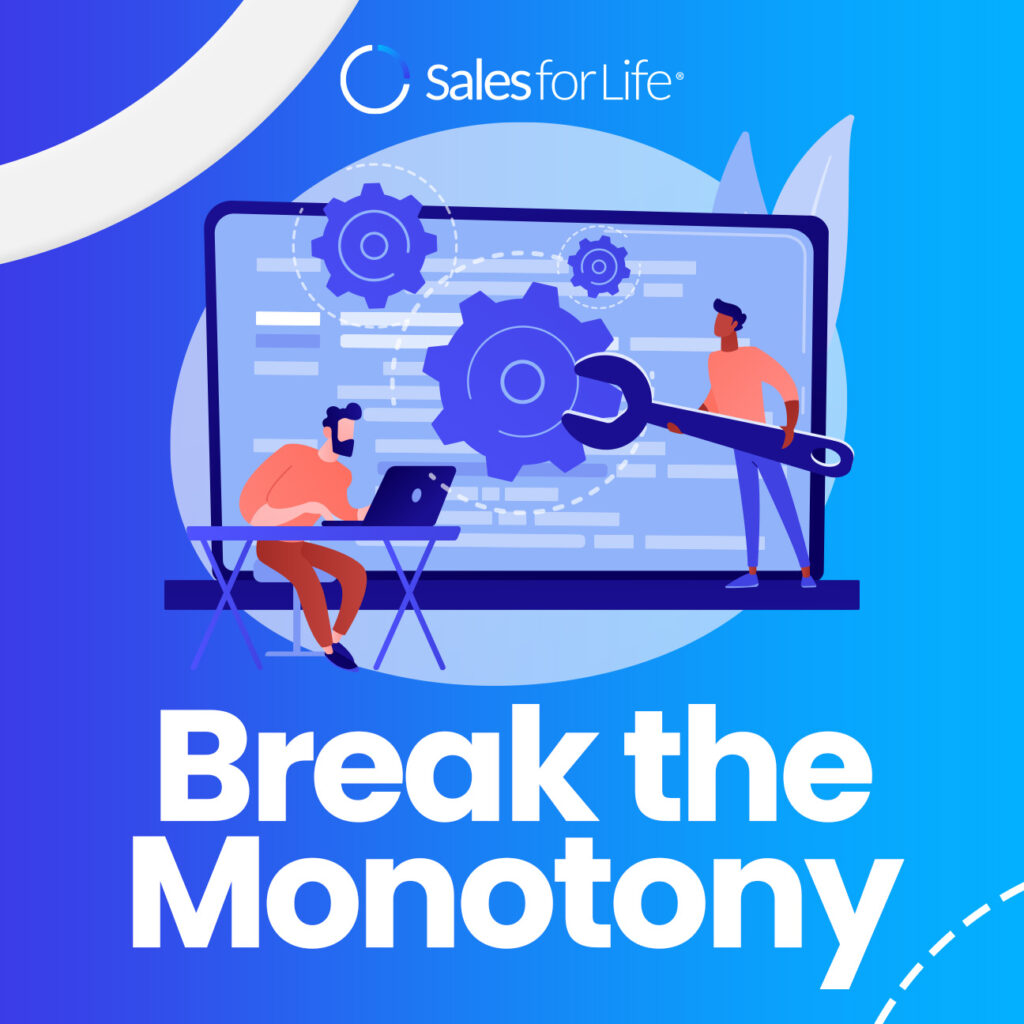
Break the Monotony
Are your sellers in a job that feels like a drag?
It’s hard to have fun at work when your days are full of the same tasks over and over. But there are ways to make even the most monotonous jobs more meaningful, challenging, and engaging!
Here are some tips for making work more interesting:
- Figure out what you can do to make the work better. For example, can you improve processes or procedures to make them more efficient? Can you help people who need assistance?
- Find ways to engage with coworkers. Is there a way to work together on projects that will benefit everyone? If not, see if there are any ways you can help out other departments in your company by sharing resources or expertise.
- Figure out ways to make everyone feel like part of the team by getting involved in different aspects of operations or meetings with clients and customers.


